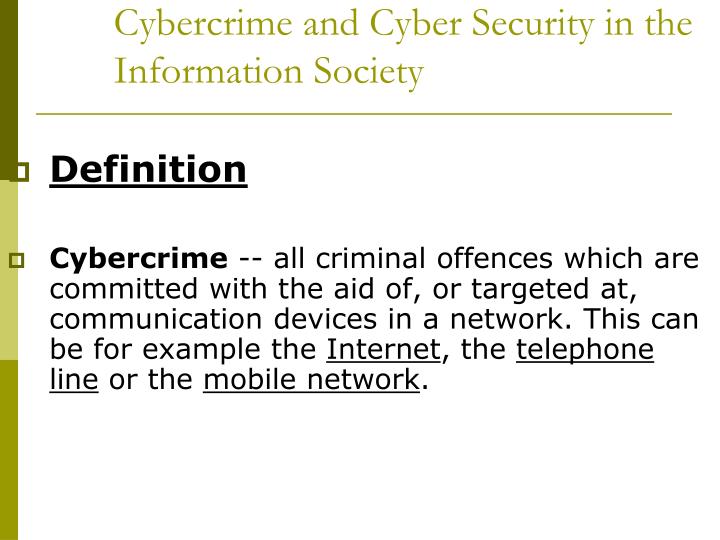
Companies with minimal control over online banking systems are particularly susceptible to this type of attack. Funds are sent to what looks like a legitimate account that is, in fact, controlled by the hijacker. Corporate account takeover (CATO)ĬATO happens when a hijacker impersonates the business’s website or email and requests wire or ACH transactions. Phishing has become common among cybercriminals, and businesses should train employees how not to fall victim to phishing schemes. If the recipient is fooled and follows links requesting passwords and other private data, the hackers are able to see that data. In a phishing attack, hackers pose as a trusted email sender to gain access information. This type of attack is often executed in coordination with other cyber intrusions. The cybercriminals infect a network of computers to send requests to the target site. Distributed denial-of-service attacksĪ DDoS attack sends an abundance of traffic and requests to a website until the website is overwhelmed and becomes unavailable. The hijacker maintains the encryption keys until the ransom is paid. Ransomware also creates encryption keys that are necessary to regain access to the data or systems. Often, malware isn’t detected right away and works for some time until someone notices the lack of function. The compromised areas may include data confidentiality, system operations or operating system function.
Cyber extortion definition software#
Ransomware is a type of malware, a malicious code or software inserted into the system to compromise it. There are many ways that hijackers can infiltrate your business systems and demand payment from you, including the following. What are common types of cyber extortion? Once the hijacker has control of the systems, they make their demands, including the ransom amount required to restore the system and allow the business to regain function. Ultimately, the business owner, their staff and their customers are unable to access normal systems. Once in the system, they often insert a type of malware known as ransomware or create a distributed denial-of-service (DDoS) attack.

Phishing schemes are one of the most common ways that hackers gain access. They look for weak points in your security or hack passwords to gain entry. How does cyber extortion work?Ĭyber extortion and ransomware start when the hijacker gains access to your systems. Are you at risk? Conduct a cybersecurity risk assessment to see how protected your business is. Research from Red Canary shows that 70% of organizations face over 100 cybersecurity threats every day. That can mean paying criminals a lot of money to regain control.Īlso read Your Product Demo Sucks Because It’s Focused on Your Productĭid you know? Every business that maintains an internet presence is at risk of cyber extortion.

When cyber extortion occurs, a business might not be able to operate until it deals with the threat. While the ransom amount may depend on the size of your company, most businesses today are at risk and need to prepare themselves against ransomware attacks. In 2021, the average total cost of recovery rose to $1.85 million. Some victims pay more than $780,000 to regain access to their data and resources. The total cost of recovery can be even higher. That number more than doubled in Q4, rising to $84,116. The average ransom payment in Q3 2019 was $41,198. Ransomware attacks are increasing, and so are their costs. Cybercriminals may hijack your website in a number of ways, such as compromising your data and threatening to release it to the dark web or initiating a denial of service attack that prevents customers from accessing your website.Īlso read: Gearing up for the new normal: What do VCs want and how can startups ace their funding applications

Cyber extortion definition pro#
We’ll explain how cyber extortion works and what you can do to prevent it.Īlso read: Connect with these X-PITCH 2021 startups through e27 Pro What is cyber extortion?Ĭyber extortion happens when a bad actor hijacks your data or website and demands payment to release the information or site back to you. Attacks and payments are on the rise, with some businesses paying nearly $800,000 to regain access to their resources. When cybercriminals hijack your data or website and demand a ransom, you become a victim of cyber extortion. Cyber extortion is when hackers gain access to your computer system, hijack your data or website, and demand a ransom.


 0 kommentar(er)
0 kommentar(er)
